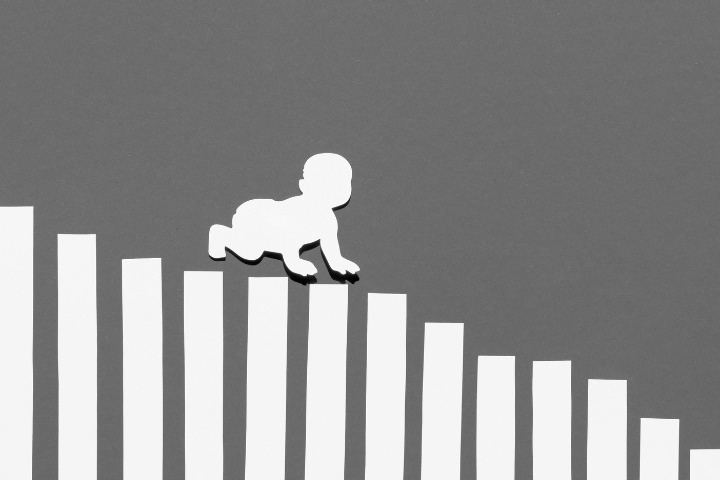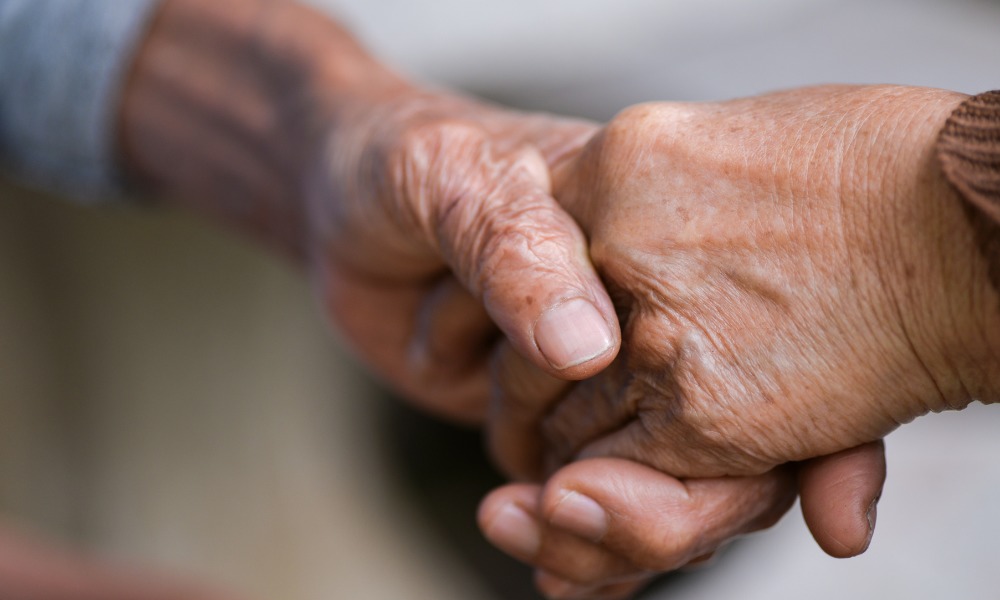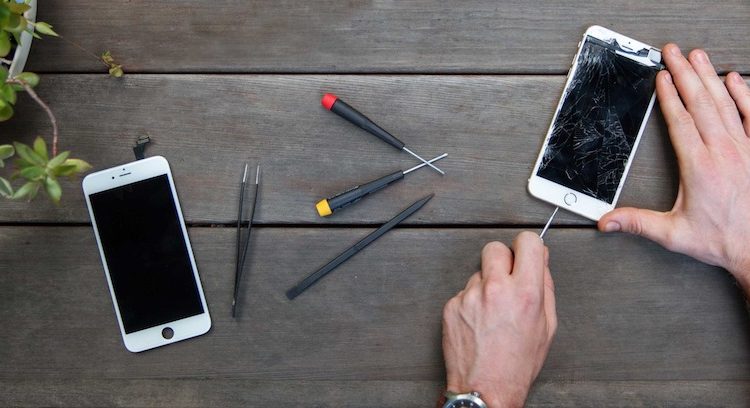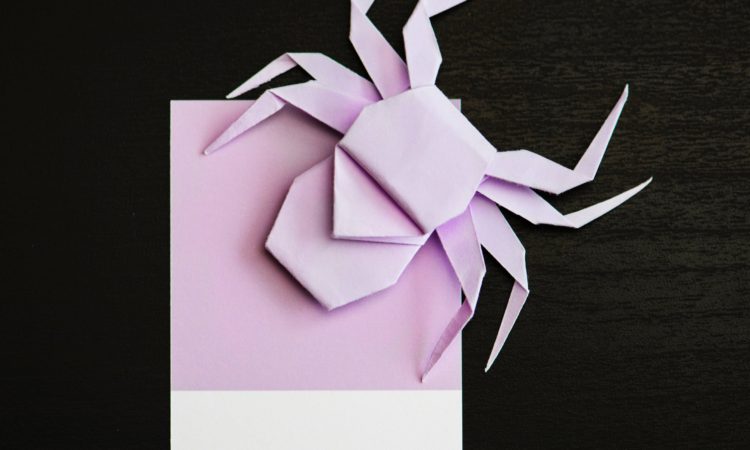Please note: this article discusses seppuku and suicide which some individuals may find distressing.
Recently, a New York Times article highlighted statements made by Yale Professor Yusuke Narita where he suggested that the elderly people in Japan should commit mass suicide to tackle the imbalance in the population. Strangely enough, not everyone in Japan opposed such a morbid idea. This isn’t the first time this kind of ideology has gained traction in the country either. Former Finance Minister Taro Aso was caught saying that old people should just “hurry up and die”, as quoted by the NY Times article.
Even a superficial glance into Japanese history reveals that seppuku, or ritualistic suicide was a common practice for many centuries, becoming especially popular with the samurai. Today, suicide is not an unusual phenomenon in Japan, with the most affected demographic being middle-aged men and the elderly. It’s no wonder that people are rushing to end their own life amidst a culture that had glorified self-destruction in the past.
It’s worth looking into how remnants of this practice are deeply embedded within the culture and how they make space for individuals who suggest myopic solutions such as mass suicide for the elderly to deal with increased pensions.
First, What Exactly is Seppuku?

Image credit: Canva
Seppuku, also known as hara-kiri, is a traditional form of suicide in Japanese culture that involves the act of self-disembowelment. The practice of seppuku has been deeply ingrained in Japanese history and is often associated with samurai warriors and their code of honor. Seppuku is believed to have originated in Japan during the 12th century, although its precise origins are still a matter of debate among scholars. The act of seppuku involves a samurai warrior using a short blade to make a deep cut across his stomach. This was not only seen as a way to preserve honour and atone for mistakes, but it was also a way for samurai to avoid being captured by their enemies and subjected to torture or execution. Sometimes, samurai who had lost a battle would perform seppuku rather than surrender, thus avoiding the shame of defeat and demonstrating their commitment to their lord and their cause. This was seen as a way of demonstrating one’s loyalty, courage, and devotion to duty, and it became an integral part of Japanese warrior culture.
The Crisis at Hand

Image credit: Canva
It is true that Japan’s low birth rates and long life expectancy make for a potent combination that is slowly draining the country’s coffers. As a nation with an exceptionally high debt-to-GDP ratio, Japanese policymakers routinely stumble over how they can finance the increasing pension burdens in the face of a shrinking workforce that is projected to only grow smaller amidst fewer births. In light of this context, extreme thinkers draw on the infamous practices of suicide to offer a quick fix to a rising problem. While they do not advocate for the ritualistic slashing of the stomach that characterizes seppuku, there is some support for euthanasia for the elderly. Some moderates support voluntary euthanasia of older citizens, while haphazard comments from the likes of the Yale Professor mentioned above advocate for the involuntary culling of the elderly to support the economy.
All of this begs the moral question of whether people have to continuously be useful to the economy in order to have the right to live. Those who even jokingly advocate for forced euthanasia toy with the idea that the moment a person stops working, they deserve to no longer exist within society. This can be a dangerous thought as it not only means that we are equating our worth as human beings to economic contributions but it also brings up catastrophic ideals of eugenics that led to millions of deaths worldwide in the 20th century. It also implies that the contributions the elderly had made during their working years were meaningless to the state.
Looking Forward
Yes, the declining birth rate is undoubtedly one of the biggest challenges for Japan, but the solutions should lie in sustainable and evidenced-backed interventions. This would require a deeper understanding of how working culture, overwork practices, inadequate childcare facilities and monetary incentives play a more profound role in low birth rates. The numbers are still small for people who consider abhorrent ideas such as seppuku to deal with what is clearly a structural problem. However, their contentions highlight the urgency of the crumbling birth rate crisis and the looming pension schemes. Policymakers must deal with the difficult task of increasing birth rates while at the same time taking care of the elderly with viable pension and social welfare schemes. At the same time, they must also not rack up public debt even higher than it already is.
Even though seppuku was seen as a courageous act in the past, the time for glorifying death and self-destruction is long gone. The right to live is an intrinsic right that cannot be taken away simply due to a lack of economic contribution. Now, the onus is on the state to figure out sustainable and egalitarian solutions to care for its citizens while also making them feel they deserve to exist regardless of economic contributions.
Related Articles:
- Behind Japan’s Declining Birth Rate: More Women in Education and the Workforce?
- Hikikomori: A Moral Panic in Japan
- Shinrin Yoku: The Japanese Experience of Forest Bathing
- Wabi-sabi: The Japanese Way of Finding Perfection in Imperfection
Behind Japan’s Declining Birth Rate: More Women in Education and the Workforce?
Featured image credit: Canva






